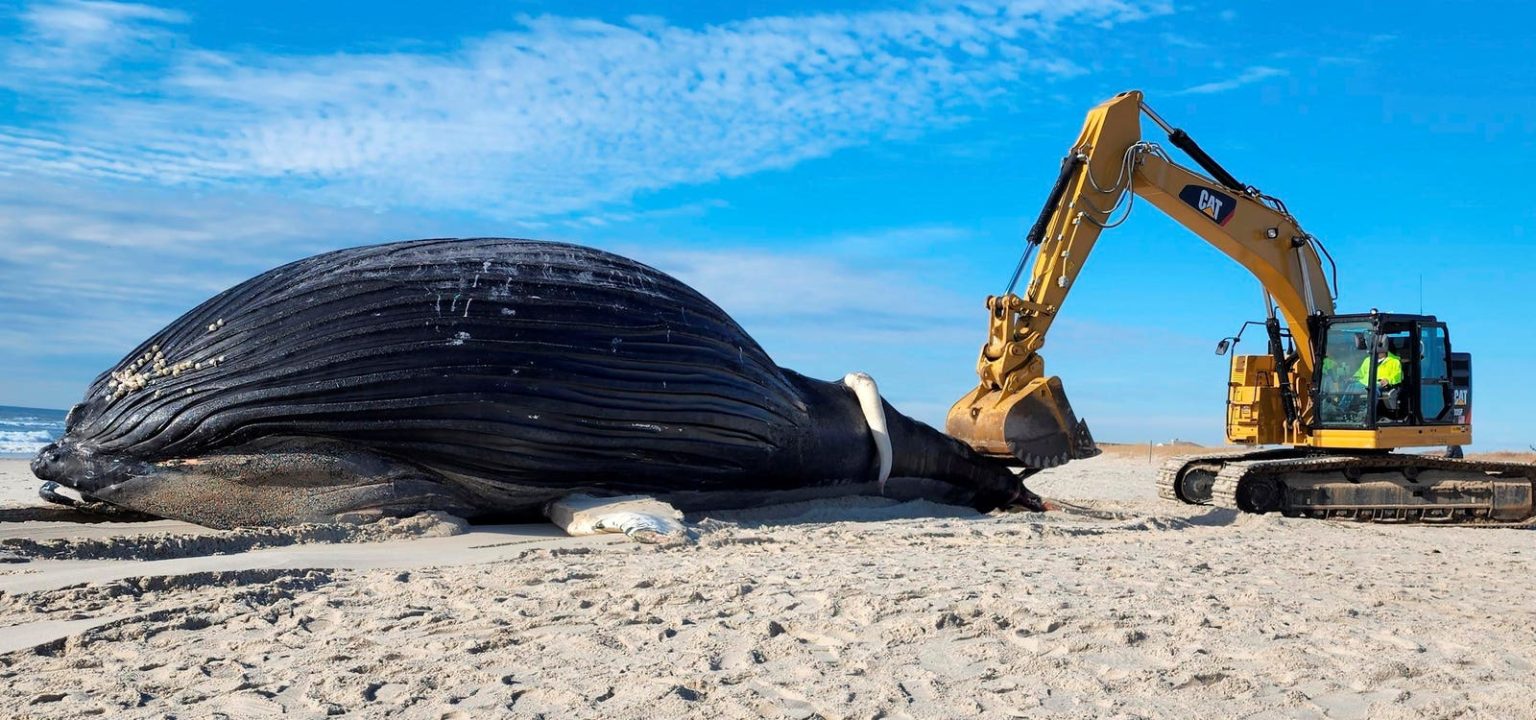Currently, the northeastern United States is witnessing a troubling increase in the number of dead whales, particularly humpback whales, washing ashore. This alarming trend has scientists searching for answers, with speculation pointing towards the offshore wind industry as a potential cause. Acoustic surveying activities may be disrupting the whales’ communication and navigation abilities, leading to collisions with ships or entanglement in fishing nets. However, no conclusive evidence has been found to link these activities to the rise in whale fatalities.
Another possible explanation for the surge in dead whales is the combination of increased whale populations and human activities. Cleaner water and successful environmental protection policies have led to more whales in East Coast waters, raising the likelihood of interactions with shipping and fishing vessels. As these vessels become more prevalent in the region, the risk of collisions or entanglements also increases, posing a significant threat to the whale populations.
Despite the tragic circumstances surrounding the deaths of these majestic marine mammals, humpback whales continue to captivate observers with their impressive size and behavior. These massive creatures, known for their acrobatic displays and haunting songs, undertake long-distance migrations between feeding and breeding grounds, covering thousands of kilometers annually. While facing various threats such as commercial whaling, habitat degradation, and vessel collisions, humpback whales remain a symbol of the awe-inspiring wonders found within our oceans.
Humpback whales possess unique features, such as ventral pleats or grooves, that aid in their feeding behavior. During feeding, these grooves allow the whales’ throats to expand dramatically, enabling them to engulf large volumes of water and prey. By using their baleen plates to filter out prey while expelling excess water, humpback whales demonstrate a remarkable feeding strategy that is facilitated by the ventral grooves. These grooves are crucial to the whales’ ability to consume large quantities of food efficiently.
As experts conduct autopsies on the stranded whales to determine the cause of death, onlookers are left in awe of the sheer size and presence of these colossal creatures. While humpback whales may not be the largest whales in the ocean—blue whales and fin whales hold that title—they still command respect and wonder with their iconic long pectoral fins and acrobatic displays. Despite the somber circumstances of these strandings, the humpback whales serve as a poignant reminder of the fragility and beauty of marine life, underscoring the importance of conservation efforts to protect these magnificent creatures for future generations.


